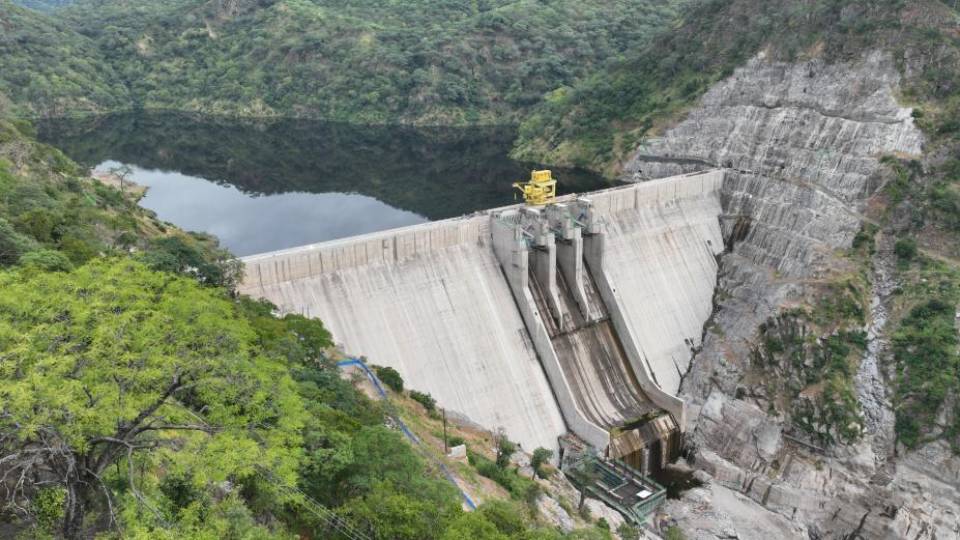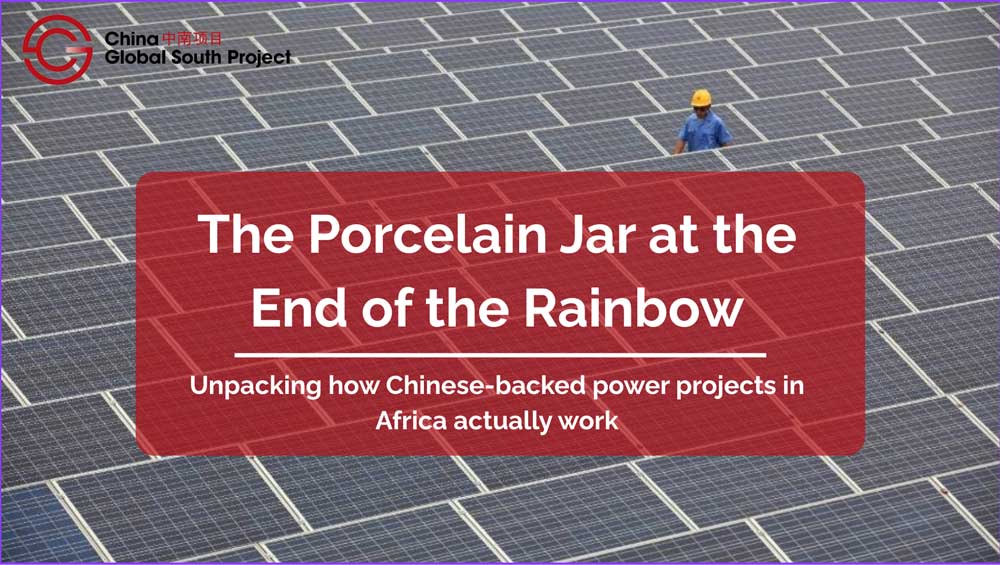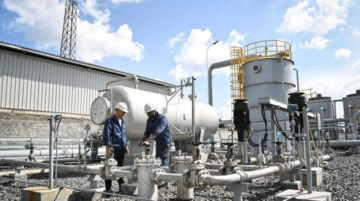
Behind every power plant is a crucial decision: who gets to build it, and how. Whether a project is delivered on time and on budget often hinges on how it was procured. Was it awarded through a competitive bidding process or negotiated behind closed doors? Were contractors selected based on performance, price, or political access?
In much of Sub-Saharan Africa, the answers to these questions vary widely. While some governments have made efforts to introduce competitive procurement practices, particularly through international competitive bidding (ICB), the procurement of Chinese-supported power projects tends to follow a less predictable path. In some cases, bidding processes are launched and completed.
In others, they begin with competitive procurement practices but are derailed midway through, ending in presidential directives or quietly brokered deals. Sometimes, bidding is never attempted at all. This variation matters. Because procurement determines not only who builds the plant, but also how much it costs, how fast it gets built, and what conditions are attached to the financing.
At its best, competitive procurement helps governments discover fair pricing, introduce transparency, and select qualified contractors. When linked to sound power planning and enforced with integrity, it can result in projects that are delivered faster and at a lower cost. But when procurement is reactive, politicized, or opaque, those gains are quickly lost, sometimes locking governments into decades of expensive power.
In theory, power sector planning and procurement should be two sides of the same coin. A government identifies future generation needs, ranks projects by cost and urgency, and then launches procurement to select developers accordingly. This sequencing helps avoid overbuilding, ensures least-cost delivery, and allows governments to time procurement in line with demand forecasts.
In practice, however, many countries do not follow this approach. Power sector plans are often outdated, poorly implemented, or ignored altogether, particularly when crises arise. In some instances, projects included in national energy master plans are implemented years behind schedule and at several times the planned cost. Elsewhere, power plants are built that were never part of the original plan.
Even where plans exist, they are rarely linked to competitive procurement frameworks. Bidding processes, when launched, are sometimes cancelled or overridden by political leaders. In others, the preferred bidder is chosen not for submitting the best offer, but for offering to help raise finance.
That finance is often Chinese. Here, procurement and finance become deeply intertwined. As discussed earlier in the series, Chinese policy banks typically prefer lending to governments or state-owned enterprises under bilateral arrangements. They often bundle EPC (engineering, procurement and construction) contracts with their loans, effectively pre-selecting the contractor as a condition of the funding.
This bundling is one of the key reasons competitive procurement is frequently bypassed in Chinese-backed projects. It appears to offer speed and certainty but limits transparency and price discovery.
Yet this is not always the case. Contrary to some assumptions in the literature, Chinese companies are not uniformly averse to bidding. In multiple projects across the region, Chinese EPC contractors have not only participated in competitive tenders; they have competed fiercely.
In several tenders, Chinese firms challenged one another’s bids, threatened litigation, and publicly protested evaluation outcomes. These intra-China competitions reveal a key insight: Chinese firms operating abroad are not a monolith. Many are commercial players competing in saturated domestic markets and are increasingly reliant on securing overseas contracts for growth.
This dynamic presents an underutilized opportunity for host governments. Rather than treating Chinese engagement as a binary choice between one financier and one contractor, governments could encourage competition among Chinese firms to drive down costs and improve quality. In some cases, this has begun to happen, though not always by design. Where competitive procurement processes were launched, even if flawed, they often revealed stark differences in pricing, technical capability, and willingness to structure financing packages.
Still, the track record is mixed. In one prominent case, the highest bidder was selected despite submitting an offer more than $200 million above the lowest. The justification? The winning firm had stronger political ties and had promised to help arrange the government’s equity contribution.
In another, a bidding process was cancelled altogether following allegations of impropriety, only to be replaced by a direct appointment through presidential directive. In yet another case, a firm that lost out on a large hydropower project was later compensated with a separate contract for a smaller plant, again, through direct negotiation.
While political intervention has sometimes helped projects move forward, especially when procurement stalls, it often comes at a cost. Direct negotiations limit price discovery and introduce uncertainty into the contracting process. They also reduce public trust.
Many of the challenges begin at home. Weak procurement institutions, fragmented planning, and ad hoc decision-making all contribute to poor results. When procurement processes lack independence and are vulnerable to interference, even well-intentioned reforms fall flat. And when governments launch bids without adequate technical capacity or clear evaluation criteria, the door is opened to manipulation and legal disputes.
But there are lessons to be learned, and opportunities to do better. Competitive procurement, when designed and implemented effectively, can help governments regain control over costs, timelines, and project quality. It also allows them to take advantage of the growing competition among Chinese EPCs, rather than accepting a bundled deal at face value. In cases where bidding has worked, often where Chinese firms competed against one another and evaluation was handled independently, the resulting projects have been more affordable and delivered with fewer delays.
Getting procurement right is not easy, particularly under conditions of urgency or financial constraint. However, it remains one of the most powerful tools available to governments seeking to enhance outcomes in their energy sectors.
To do so, five lessons stand out. First, procurement must be tied to credible and timely planning. Second, governments should run competitive processes, even if they are not perfect. Third, Chinese firms can and do compete, and this competition can be harnessed. Fourth, procurement should be unbundled from finance to allow genuine price comparison. And fifth, transparency is not optional; it is essential for legitimacy, accountability, and long-term sector stability.
Inside the bid lies not just the mechanics of procurement, but the DNA of the project itself. Who wins, at what price, and under what conditions, all of these are shaped during the procurement process. For host states looking to build affordable, sustainable power systems, this is where the real negotiation begins.

About This Series
This article is part of “The Porcelain Jar at the End of the Rainbow,” a new series from the China Global South Project that unpacks how Chinese-backed power projects in Africa actually work. As global development partners shift and electricity demand rises, understanding China’s role — from financing and procurement to project delivery — has never been more important. Each installment offers practical, field-informed insights for policymakers, developers, and researchers navigating complex infrastructure environments.
The series is complemented by CGSP’s interactive Energy Tracker, a tool that maps Chinese-supported power generation projects across Africa, including data on capacity, financing, ownership, and implementation status.








